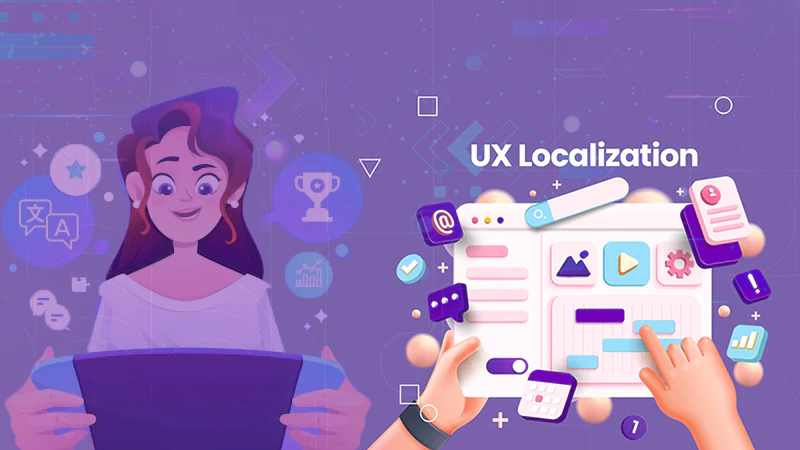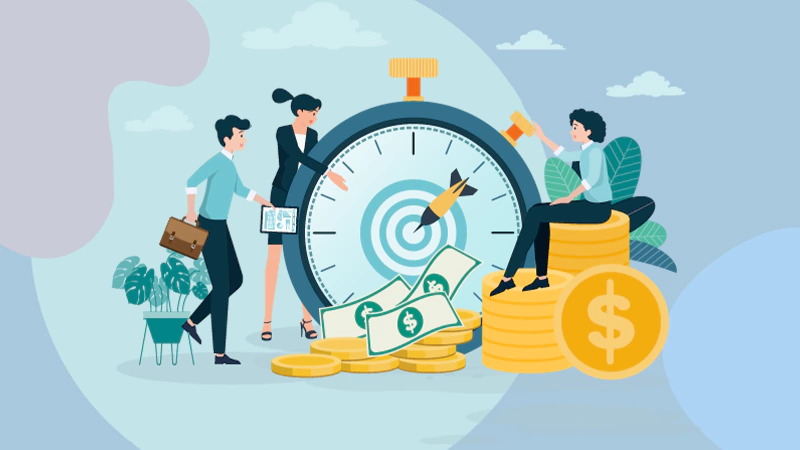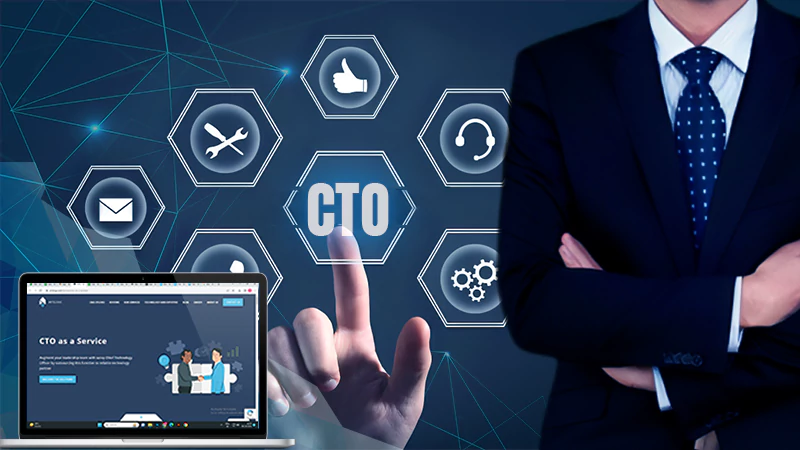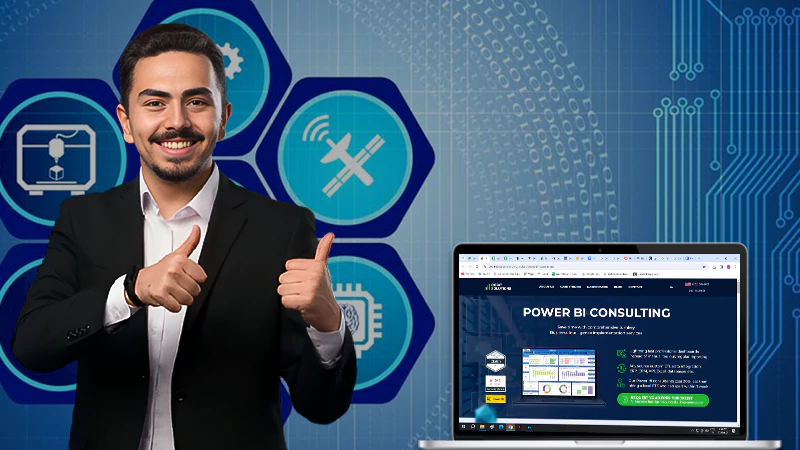- What is FinTech Lending and Why is It Important for Financial Inclusion Efforts Around the World?
- Who are the Main Beneficiaries of FinTech Lending Products and Services?
- How does FinTech Lending Help People Who Don’t Have Access to Traditional Banking Products and Services?
- The Challenges of Implementing FinTech Lending in Developing Countries
A recent study by the Brookings Institution found that almost half of American adults are “credit invisible” and don’t have a credit score. That means they can’t borrow money from a traditional lender, like a bank, to start or grow a business, pay for college, or buy a home.
This is where fintech lending comes in. Fintech lenders use cutting-edge technology to assess borrowers’ risk and make loans without relying on credit scores. This makes it possible for people with poor or no credit to gain access to financial products and services that can improve their lives.
What is FinTech Lending and Why is It Important for Financial Inclusion Efforts Around the World?
FinTech lending, also known as financial technology lending, is the process of providing loans and other financial services using digital technologies. This type of lending has grown in popularity in recent years due to its ability to reach borrowers who may not have access to traditional banking products and services.
For many people living in poverty or with bad credit, FinTech lending can provide much-needed financial assistance. In fact, FinTech loans for bad credit have become an important tool for financial inclusion efforts around the world. By helping people with poor or no credit gain access to financing, FinTech lending is facilitating economic opportunities and empowers individuals to improve their lives.
FinTech lending has a number of advantages over traditional banking products and services.
- First, FinTech lenders can use data and analytics to assess a borrower’s creditworthiness, which can help them approve loans for people with poor or no credit.
- Second, because they’re not bound by the same regulations as banks, FinTech lenders can be more flexible in their loan terms and conditions.
- Finally, because they’re often online-only businesses, FinTech lenders can offer 24/hour access to their services, which is convenient for borrowers who may not have regular office hours.
Who are the Main Beneficiaries of FinTech Lending Products and Services?
The borrowers who are typically underserved or excluded from the traditional banking system are the primary beneficiaries of financial technology lending products and services. This includes individuals with poor credit histories or no credit history at all. For instance, the “Saldo” flexible credit in Sweden offers instant, unsecured loans that’ll serve you during emergency situations. You only need to provide your bank ID.
For these borrowers, fintech lending provides an opportunity for financial inclusion – that is, access to financial products and services that can help them improve their lives. In particular, fintech loans for bad credit can help borrowers build up their credit history and access better terms in the future.
What’s more, by using innovative technologies like big data and machine learning, fintech lenders are able to assess risk in new ways and offer loans to a wider range of borrowers than traditional banks. As a result, fintech lending is helping to increase access to credit for millions of people around the world.
How does FinTech Lending Help People Who Don’t Have Access to Traditional Banking Products and Services?
FinTech lending is a form of financial technology that helps people who don’t have access to traditional banking products and services. By using alternative data sources, such as utility bills and rent payments, FinTech lenders are able to provide loans to people with poor or no credit. This helps to facilitate financial inclusion for borrowers who would otherwise be unable to obtain a loan.
There are many benefits of FinTech lending, including the fact that it can help people build their credit histories. Additionally, FinTech loans typically have lower interest rates than traditional payday loans, making them more affordable for borrowers.
If you’re a borrower with poor or no credit, fintech lending could be a great option for you. Check out a reputable lender like PaydayNow.Net to learn more about your financing options.
The Challenges of Implementing FinTech Lending in Developing Countries
FinTech lending has the potential to provide much-needed financial inclusion for borrowers with poor and no credit. However, there are several challenges associated with implementing such programs in developing countries.
First, many developing countries lack the infrastructure needed to support FinTech lending. This includes both the physical infrastructure (e.g., internet access) and the regulatory framework. Second, borrower awareness of financial technology is low in many developing countries. As a result, lenders must invest significant resources in educating potential borrowers about how FinTech loans work and why they may be a good option for them.
Third, high-interest rates charged by some FinTech lenders can make these loans unaffordable for some borrowers. In addition, late payment fees and other charges can further increase the cost of borrowing. Finally, borrowers in developing countries often have limited access to collateral, which makes it difficult for them to qualify for a loan.
Despite these challenges, FinTech lending has the potential to provide much-needed financial inclusion for borrowers with poor and no credit in developing countries. Lenders must carefully consider these challenges when designing and implementing such programs.







